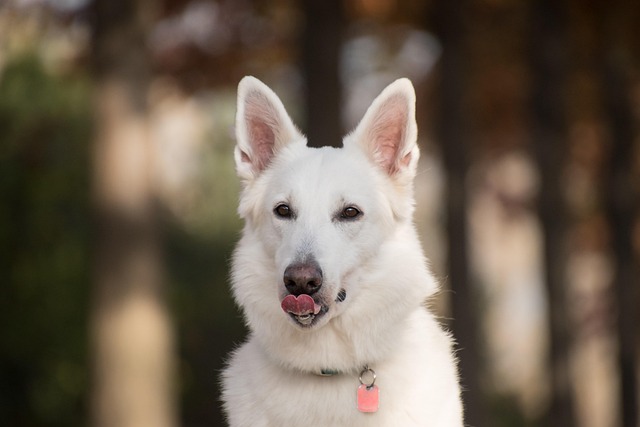
What is glaucoma in a dog?
You might notice your dog squinting more at mealtime or avoiding bright sunlight—these small changes could be early signs of a serious eye condition.
Finding out your dog has parvovirus is scary—those vomiting fits and diarrhea can make even the toughest pup seem tiny and fragile. First things first: this isn’t something you should handle alone at first. A vet’s diagnosis is crucial because parvo acts fast, and early treatment can save their life. They’ll likely give fluids to fight dehydration and meds to ease symptoms, but once you’re home, your role becomes just as important in their recovery.
Home care starts with keeping them comfortable, but don’t mistake “comfortable” for “coddled.” Parvo thrives in dirty spaces, so clean their bedding daily with a bleach-based cleaner—regular soap won’t kill the virus. Keep their area quiet and warm, away from drafts or busy parts of the house. Stress makes recovery harder, so limit visitors and loud noises. Your dog might not feel like moving much, and that’s okay—let them rest as much as they need, even if it means skipping their usual walk for a while.
Hydration is key, but forcing water can backfire if they’re vomiting. Try offering small sips from a shallow dish every 15 minutes, or use a syringe (without the needle) to squirt tiny amounts into their cheek. If they keep it down, slowly increase the amount. Some vets recommend electrolyte solutions made for dogs—avoid human versions, which can have ingredients that upset their stomachs more. Never give them food until the vomiting stops completely; introducing solids too early can make things worse.
 Once the vomiting calms down, ease them back into eating with bland, easy-to-digest food. Boiled chicken and white rice, mixed until it’s soft, works for most dogs. Start with tiny portions—think a spoonful every couple of hours. If they keep that down, gradually add a bit more each time. Avoid their regular kibble or treats for now; their stomach is still healing, and rich foods can trigger another round of upset.
Once the vomiting calms down, ease them back into eating with bland, easy-to-digest food. Boiled chicken and white rice, mixed until it’s soft, works for most dogs. Start with tiny portions—think a spoonful every couple of hours. If they keep that down, gradually add a bit more each time. Avoid their regular kibble or treats for now; their stomach is still healing, and rich foods can trigger another round of upset.
Disinfecting everything your dog touches isn’t just about cleanliness—it’s about keeping other pets safe. Parvo can live on floors, toys, and even your shoes for months, so wipe down surfaces with a solution that’s proven to kill the virus. Wash your hands thoroughly after handling them, and keep other dogs in the house away from their space until the vet gives the all-clear. Some areas have rules about reporting contagious diseases in pets, so ask your vet if that applies to your situation—better safe than sorry.
Watching your dog fight parvo is draining, but small wins matter. The first time they lift their head to look at you, or take a few laps of water without throwing up—those are signs they’re turning a corner. Stick to the vet’s plan, even when it feels like progress is slow. Remember, your presence and consistency help them feel secure, and that’s part of the healing too. Before long, you’ll see that spark return to their eyes, and soon enough, they’ll be back to stealing socks and begging for treats. That’s the day you’ll know all this care was worth it.

You might notice your dog squinting more at mealtime or avoiding bright sunlight—these small changes could be early signs of a serious eye condition.

Let’s set the scene: It’s a sweltering Phoenix afternoon—105°F outside—and you rushed your 2-year-old Lab mix, Cooper, on a quick walk to “get it over with.”

Let’s get real: You’re in your Miami apartment, watching your 3-year-old Corgi, Loki, struggle to climb the stairs to your second-floor unit.

Many dog owners brush off occasional scratching as just “dog behavior,” but persistent itching often signals something more—like a food allergy.

You might first notice your dog scratching more than usual—chewing at their paws until the fur looks thin, or rubbing their face against the couch nonstop.

Let’s be real: You’re standing in your Chicago apartment, watching your 3-year-old Beagle, Max, huff and puff just to climb onto the couch.